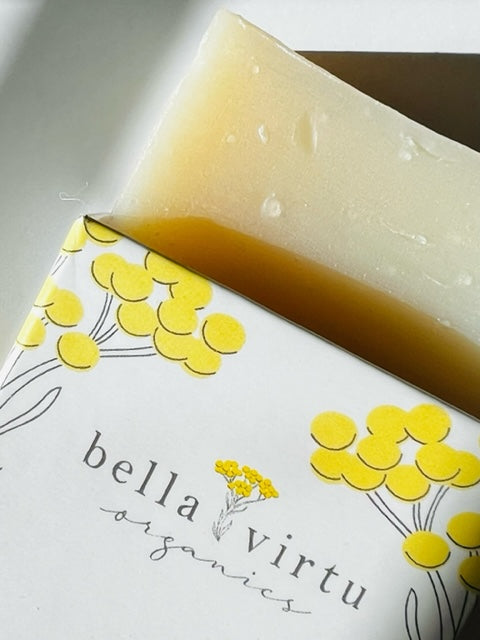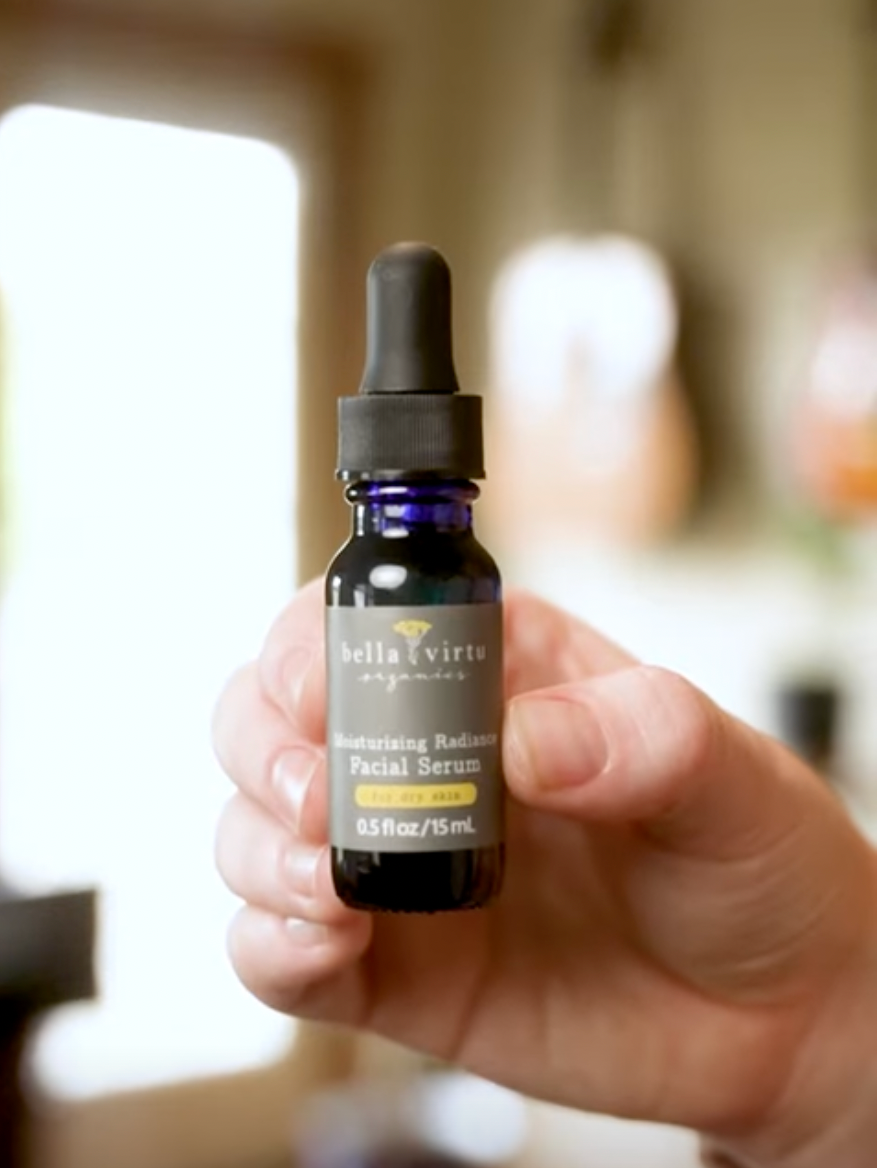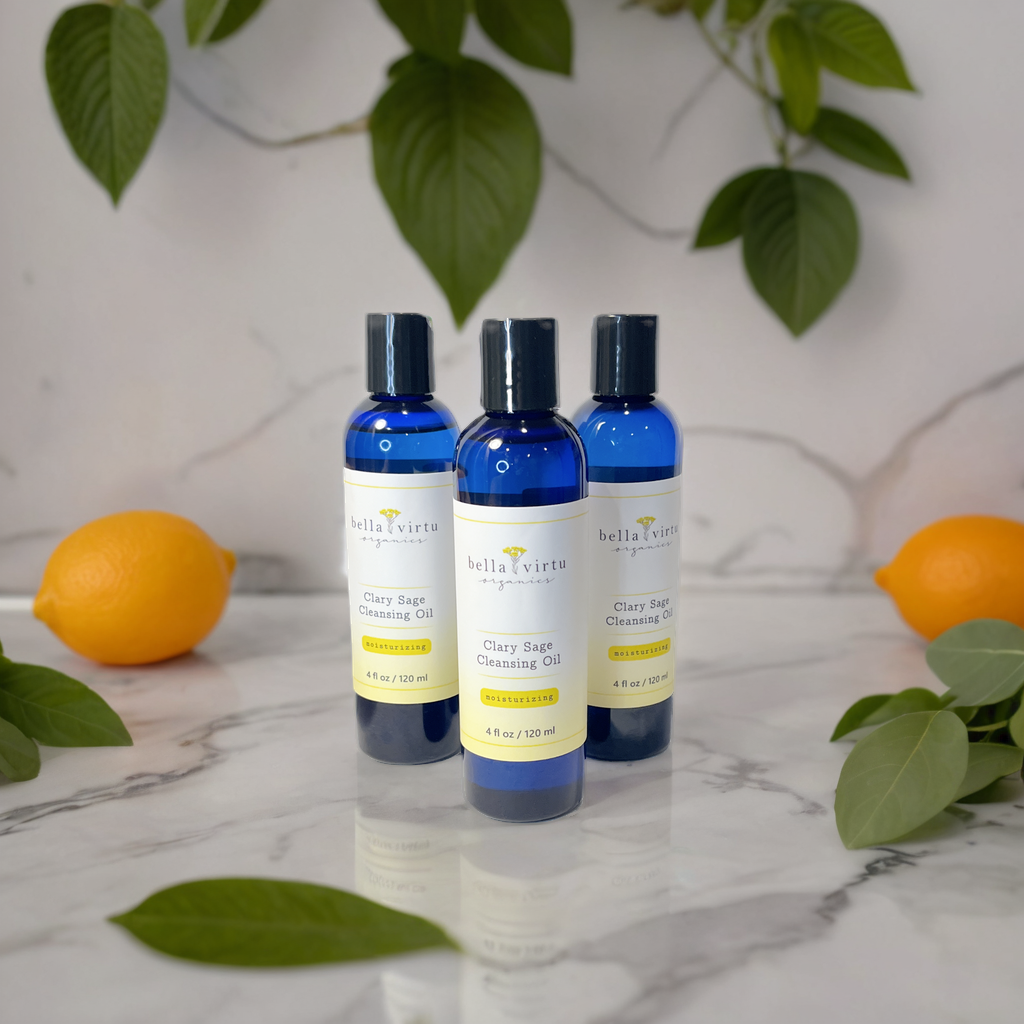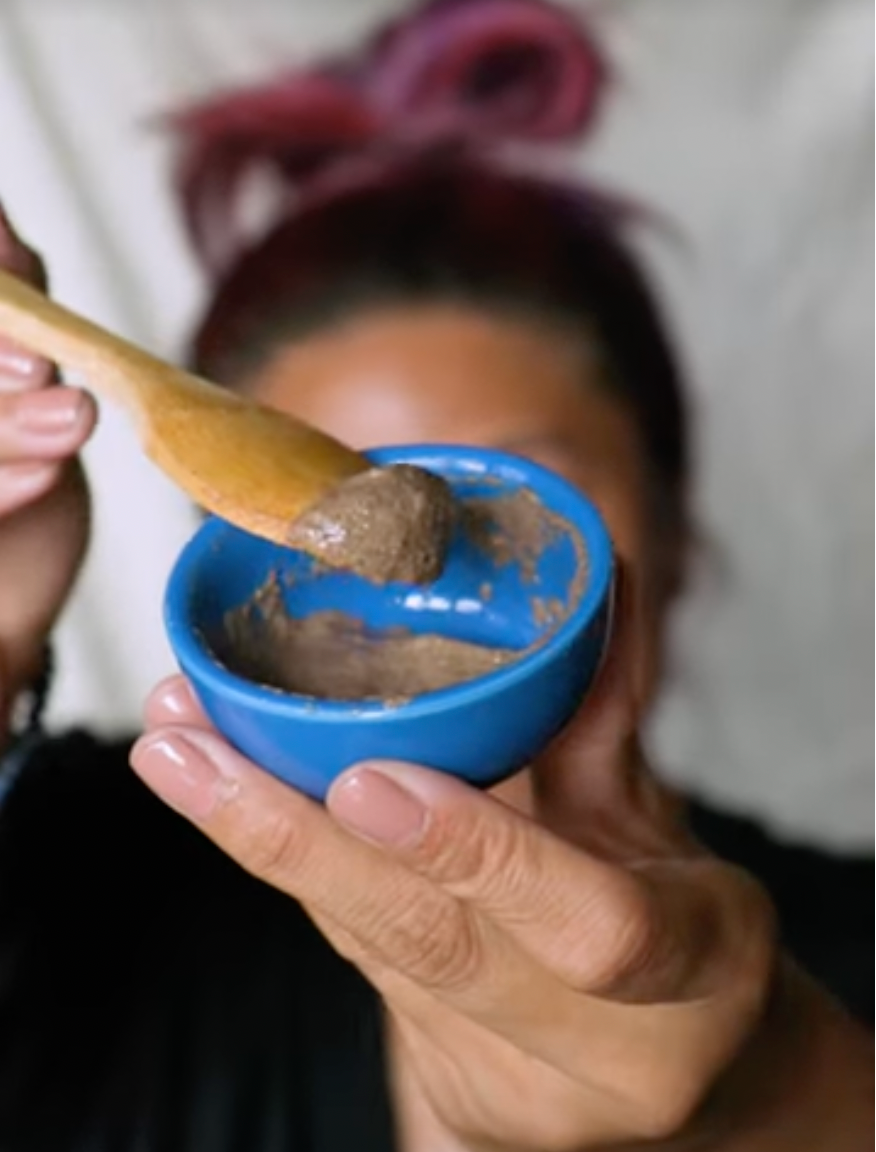Are you concerned about the ingredients in your skincare products? With so many options on the market, it can be difficult to know which ingredients are safe and which ones to avoid. In this ultimate guide, we'll provide a comprehensive list of harmful ingredients to avoid in skincare. We'll also explore the negative effects of these ingredients and provide safe alternatives to look for. Whether you're a skincare novice or a seasoned pro, this guide will help you make informed decisions about the products you use on your skin. So let's dive in and learn more about the ingredients to avoid in skincare.
Harmful Ingredients to Avoid in Skincare Products
When it comes to skincare products, some ingredients can be harmful to your health and the environment. Here are some common harmful ingredients to avoid:
A. Parabens
Parabens are a group of preservatives commonly used in skincare products to prevent the growth of bacteria and fungus. However, they have been linked to hormonal disruption, skin irritation, and an increased risk of breast cancer. Look for products that use natural preservatives such as vitamin E, grapefruit seed extract, or rosemary extract.
B. Sulfates
Sulfates are a group of detergents used in skincare products to create lather and remove dirt and oil from the skin. However, they can cause skin irritation, dryness, and even damage the skin barrier. Look for products that use mild detergents such as coco-betaine or decyl glucoside.
C. Phthalates
Phthalates are a group of chemicals used in skincare products to improve texture and scent. However, they have been linked to hormonal disruption, reproductive problems, and even birth defects. Look for products that use natural fragrances such as essential oils or plant extracts.
D. Formaldehyde
Formaldehyde is a preservative used in skincare products to prevent bacteria growth. However, it can cause skin irritation, allergic reactions, and even cancer. Look for products that use natural preservatives such as citric acid, ascorbic acid, or benzyl alcohol.
E. Synthetic Fragrances
Synthetic fragrances are a common ingredient used in skincare products to improve scent. However, they can cause skin irritation, allergic reactions, and even headaches. Look for products that use natural fragrances such as essential oils or plant extracts.
By avoiding these harmful ingredients, you can prioritize your health and well-being while still enjoying the benefits of skincare products.
The Negative Effects of Harmful Skincare Ingredients
Harmful skincare ingredients can have negative effects on both your health and the environment. Some common negative effects include:
Skin Irritation and Sensitivity
Harmful ingredients in skincare products can cause skin irritation and sensitivity. This can result in redness, itching, and even a rash. When choosing skincare products, it's essential to read the label carefully and look for products that are free of harmful ingredients.
Hormonal Disruption
Harmful ingredients in skincare products such as parabens and phthalates can disrupt the body's hormonal balance. This can result in reproductive problems, fertility issues, and even birth defects. These ingredients can mimic estrogen in the body, leading to hormonal imbalances that can have serious health consequences.
Cancer Risk
Harmful ingredients in skincare products such as parabens and formaldehyde can increase the risk of cancer. Parabens have been found in breast cancer tissue, and formaldehyde has been classified as a known carcinogen. It's essential to choose products that are free of these harmful ingredients to reduce your risk of cancer.
Environmental Impact
Harmful ingredients in skincare products can also have a negative impact on the environment. For example, sulfates can pollute water sources and harm aquatic life. By choosing eco-friendly skincare products, you can reduce your impact on the environment. Look for products with biodegradable packaging, sustainable sourcing, and non-toxic formulations to minimize your environmental footprint.
It's important to be aware of the potential negative effects of harmful skincare ingredients and make informed choices when selecting skincare products. Choosing safe and eco-friendly products not only benefits your own health, but also helps to protect the environment for future generations.
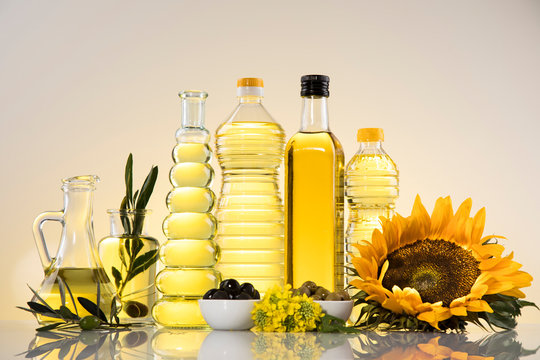
Safe Skincare Ingredients to Look For
If you're looking for safe ingredients to use in your skincare routine, consider the following options:
A. Natural Oils
Natural oils like jojoba, argan, and coconut oil are excellent for the skin, providing hydration, nourishment, and protection from environmental stressors. They are particularly effective for dry or sensitive skin types.
B. Plant-Based Extracts
Plant-based extracts such as green tea, aloe vera, and chamomile have anti-inflammatory and antioxidant properties. They can soothe the skin, reduce redness and irritation, and help to improve skin tone and texture.
C. Vitamins and Antioxidants
Vitamins like vitamin C and E, and antioxidants like resveratrol and coenzyme Q10, protect the skin from environmental damage and promote collagen production. They can help to reduce the appearance of fine lines and wrinkles, and improve overall skin health.
D. Gentle Acids
Gentle acids like glycolic acid and lactic acid can exfoliate the skin and promote cell turnover. They can also improve skin texture, reduce the appearance of fine lines and wrinkles, and help to unclog pores. However, it's important to use these acids carefully and follow instructions to avoid over-exfoliation or irritation.
When looking for products that contain these ingredients, be sure to read the label carefully and do your research. Look for products that are free from harmful ingredients like parabens, sulfates, and phthalates, and opt for eco-friendly packaging whenever possible.
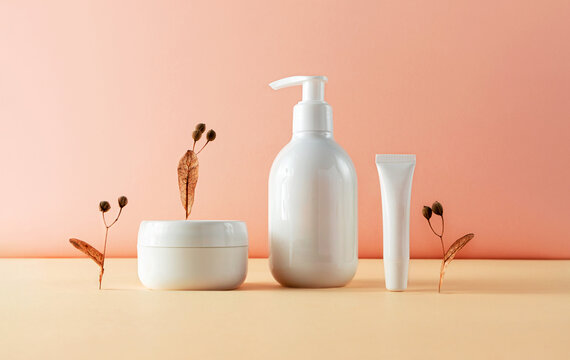
Eco-Friendly Skincare Products
When it comes to skincare products, being eco-friendly means more than just avoiding harmful ingredients. Here are some ways to choose products that are not only safe for your skin but also better for the environment:
Biodegradable Packaging
Look for skincare products that use biodegradable packaging such as glass or paper. These materials can be recycled or composted and have less impact on the environment. Additionally, some brands are experimenting with innovative packaging materials, such as plant-based plastics, that are biodegradable and have a lower carbon footprint than traditional plastics.
Sustainable Sourcing
Choose skincare products that use sustainable sourcing methods such as fair trade and organic farming. This helps to reduce the impact on the environment and support local communities. Additionally, some brands are working with suppliers to implement regenerative farming practices, which can help to restore soil health and promote biodiversity.
Non-Toxic Formulations
Choose skincare products that are free of harmful ingredients such as parabens, sulfates, phthalates, formaldehyde, and synthetic fragrances. Non-toxic formulations are better for your skin and the environment. In addition, some brands are using natural, renewable, and biodegradable ingredients, such as botanical extracts and plant oils, in their formulations. This not only reduces the likelihood of irritation and sensitivity, but also supports sustainable agriculture practices.
How to Choose Skincare Products That Are Safe and Effective
Choosing safe and effective skincare products can be overwhelming, but it's important to prioritize your health and well-being. Here are some tips to help you make informed decisions:
A. Read Labels Carefully
When choosing skincare products, it's essential to read the label carefully. Look for products that are free of harmful ingredients and contain safe and effective ingredients. Don't be fooled by marketing claims like "natural" or "organic" - always check the ingredient list to make sure the product meets your standards.
B. Do Your Research
Before purchasing skincare products, do your research. Look for reviews from other customers to see if the product has worked for them. Check the company's website to learn more about their mission and values.
C. Look for Third-Party Certifications
Third-party certifications can be a helpful tool for identifying safe and effective skincare products. The USDA Organic certification ensures that the product is made with at least 95% organic ingredients and does not contain harmful chemicals. The Leaping Bunny logo indicates that the product is cruelty-free and has not been tested on animals. Look for these certifications on product labels or company websites to ensure that you're making an informed decision.
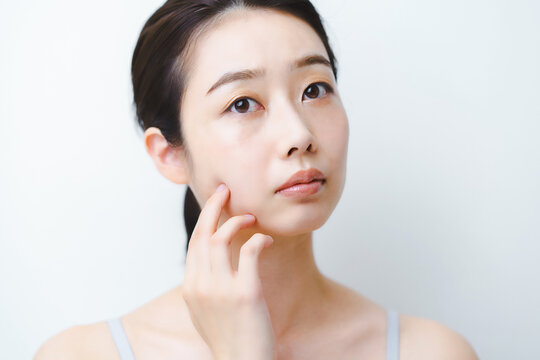
Common Myths About Skincare Ingredients
Many myths surround skincare ingredients, which can make it difficult to know what to look for in a product. Here are some of the most common myths:
Myth: Natural Ingredients Are Always Better
While natural ingredients can be beneficial for the skin, not all natural ingredients are safe. For example, poison ivy is a natural ingredient, but it can cause severe skin irritation. On the other hand, some synthetic ingredients can be safe and effective for the skin. It's important to do your research and read the ingredient lists carefully to determine the safety and effectiveness of a product.
Myth: Chemical Ingredients Are Always Harmful
This is a common misconception - not all chemical ingredients are harmful. In fact, some chemical ingredients such as glycolic acid and salicylic acid can be safe and effective for the skin. It's important to understand that "chemical" refers to any substance with a distinct molecular composition, whether it's natural or synthetic.
Myth: Expensive Skincare Products Are Always Better
The price of a skincare product does not necessarily determine its effectiveness or safety. In fact, some expensive products may contain harmful ingredients or have no additional benefits compared to more affordable options. It's important to read the ingredient list and do your research to determine the best products for your skin type and concerns.

How to Identify Harmful Ingredients in Skincare Products
When it comes to identifying harmful ingredients in skincare products, it's important to know what to look for. Here are some tips to help you navigate ingredient lists and make informed choices:
A. Understanding Ingredient Lists
Ingredient lists can be overwhelming and confusing, but they hold valuable information about the products we use on our skin. Here are some tips to help you understand ingredient lists:
- Ingredients are listed in descending order of concentration, so the first few ingredients on the list make up the bulk of the product.
- Look for ingredients such as parabens, sulfates, phthalates, formaldehyde, and synthetic fragrances. These are some of the most common harmful ingredients found in skincare products.
- Be aware that harmful ingredients can be listed under different names or synonyms. For example, phthalates can also be listed as fragrance, DEP, or DBP.
B. Common Synonyms for Harmful Ingredients
Some harmful ingredients have common synonyms that may appear on ingredient lists. Here are a few examples:
-
Phthalates: fragrance, DEP, DBP
-
Parabens: methylparaben, propylparaben, butylparaben
-
Formaldehyde: quaternium-15, DMDM hydantoin, imidazolidinyl urea
By familiarizing yourself with these synonyms, you can more easily identify harmful ingredients on ingredient lists.
C. Resources for Identifying Harmful Ingredients
There are several resources available online that can help you identify harmful ingredients in skincare products. The Environmental Working Group's Skin Deep database is an excellent resource for checking the safety of skincare products. It allows you to search for products or ingredients and provides a safety rating based on the potential health hazards associated with each ingredient.
Other useful resources include:
- Campaign for Safe Cosmetics
- Think Dirty app
- GoodGuide
By using these resources and being mindful of ingredient lists, you can make informed choices about the skincare products you use and prioritize your health and well-being.
Tailoring Your Skincare Routine to Your Skin Type
Different skin types have different needs, and it's important to tailor your skincare routine accordingly to achieve the best results. Here are some tips to help you identify your skin type and customize your skincare routine:
1. Identify Your Skin Type
To identify your skin type, wash your face with a gentle cleanser and wait for an hour. Then, observe how your skin feels and looks. Here are the different skin types and their characteristics:
-
*Dry skin*: feels tight and dry, and may appear flaky or rough.
-
*Oily skin*: feels greasy and shiny, and may have enlarged pores or acne.
-
*Combination skin*: has both dry and oily areas, with an oily T-zone (forehead, nose, and chin) and dry cheeks.
-
*Normal skin*: feels balanced, with no major issues or sensitivities.
2. Choose Products Based on Your Skin Type
Once you have identified your skin type, choose skincare products that are specifically formulated for your skin's needs. For example:
-
*Dry skin*: look for products that provide hydration, such as moisturizers and serums that contain hyaluronic acid or glycerin.
-
*Oily skin*: look for lightweight, oil-free products that help control excess oil production, such as toners and moisturizers that contain salicylic acid or niacinamide.
-
*Combination skin*: use different products on different areas of your face to address their specific needs. For example, use a lightweight moisturizer on your T-zone and a more hydrating one on your cheeks.
-
*Normal skin*: look for gentle, pH-balanced products that help maintain your skin's natural moisture barrier.
3. Avoid Harmful Ingredients
When choosing skincare products, make sure to avoid harmful ingredients that can cause irritation, sensitivity, and other negative effects. Refer to the earlier section on "Harmful Ingredients to Avoid in Skincare Products" for a list of ingredients to watch out for. To ensure that the products you're using are safe and effective, look for third-party certifications like the EWG Verified mark or the Leaping Bunny logo.
By tailoring your skincare routine to your skin type and using safe, effective products, you can achieve healthy, radiant skin.
Conclusion
In conclusion, prioritizing safe and effective skincare is crucial for both our health and the environment. Harmful ingredients can have negative impacts on our skin, health, and the environment. By avoiding harmful ingredients like parabens, sulfates, phthalates, and formaldehyde, we can reduce our exposure to potential toxins and minimize the risk of skin irritation, hormonal disruption, and even cancer.
On the other hand, choosing products with natural oils, plant-based extracts, vitamins and antioxidants, and gentle acids can provide numerous benefits to our skin, such as hydration, anti-aging, and acne-fighting properties.
Additionally, choosing eco-friendly products that use biodegradable packaging, sustainable sourcing, and non-toxic formulations can also help reduce our impact on the environment.
Remember to read labels carefully, do your research, and look for third-party certifications when choosing skincare products. By tailoring your skincare routine to your skin type and needs, you can ensure that you are using products that are safe and effective for you.
In short, prioritizing your health and the environment by choosing safe and eco-friendly skincare products is a small but impactful step you can take towards a healthier and more sustainable lifestyle.


